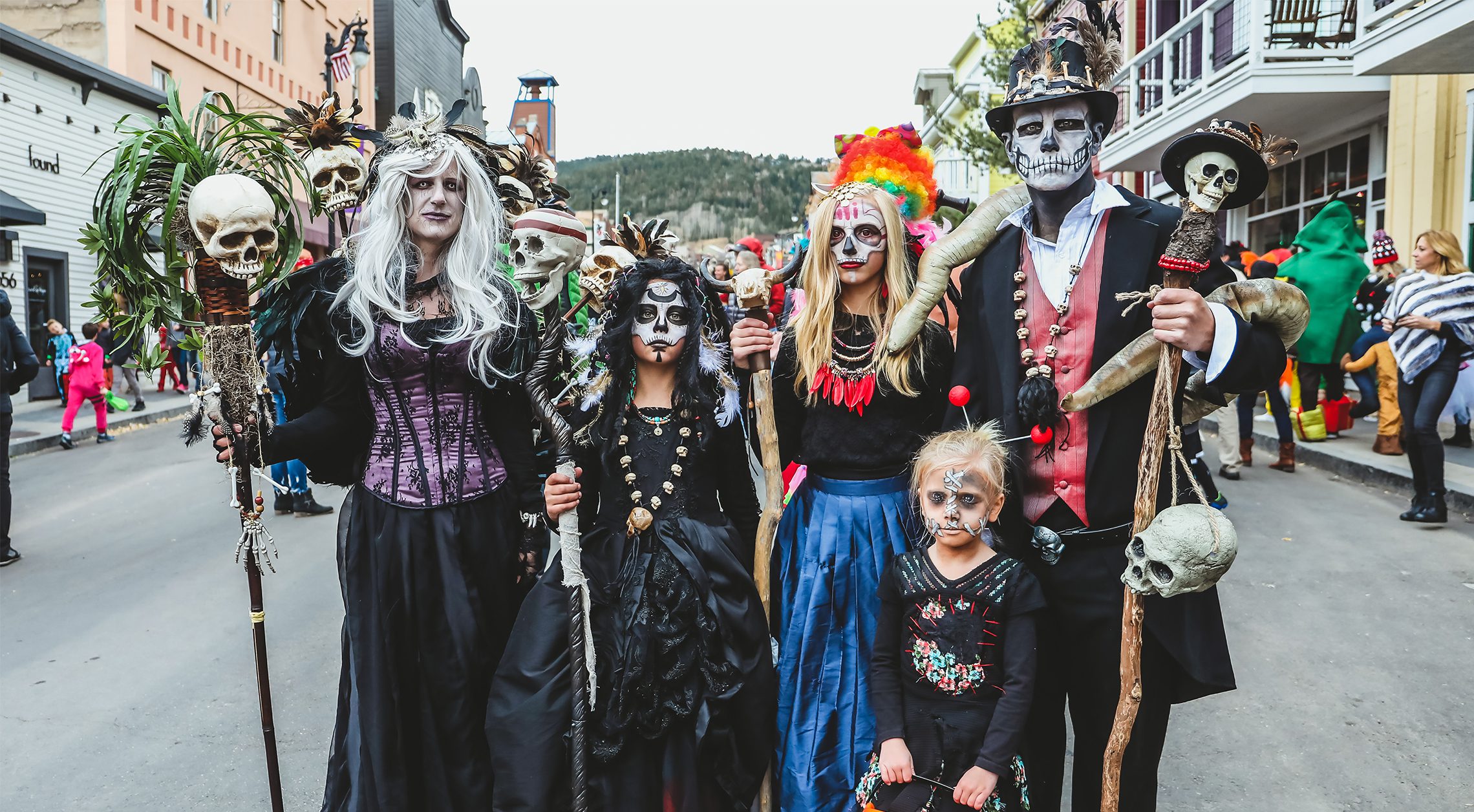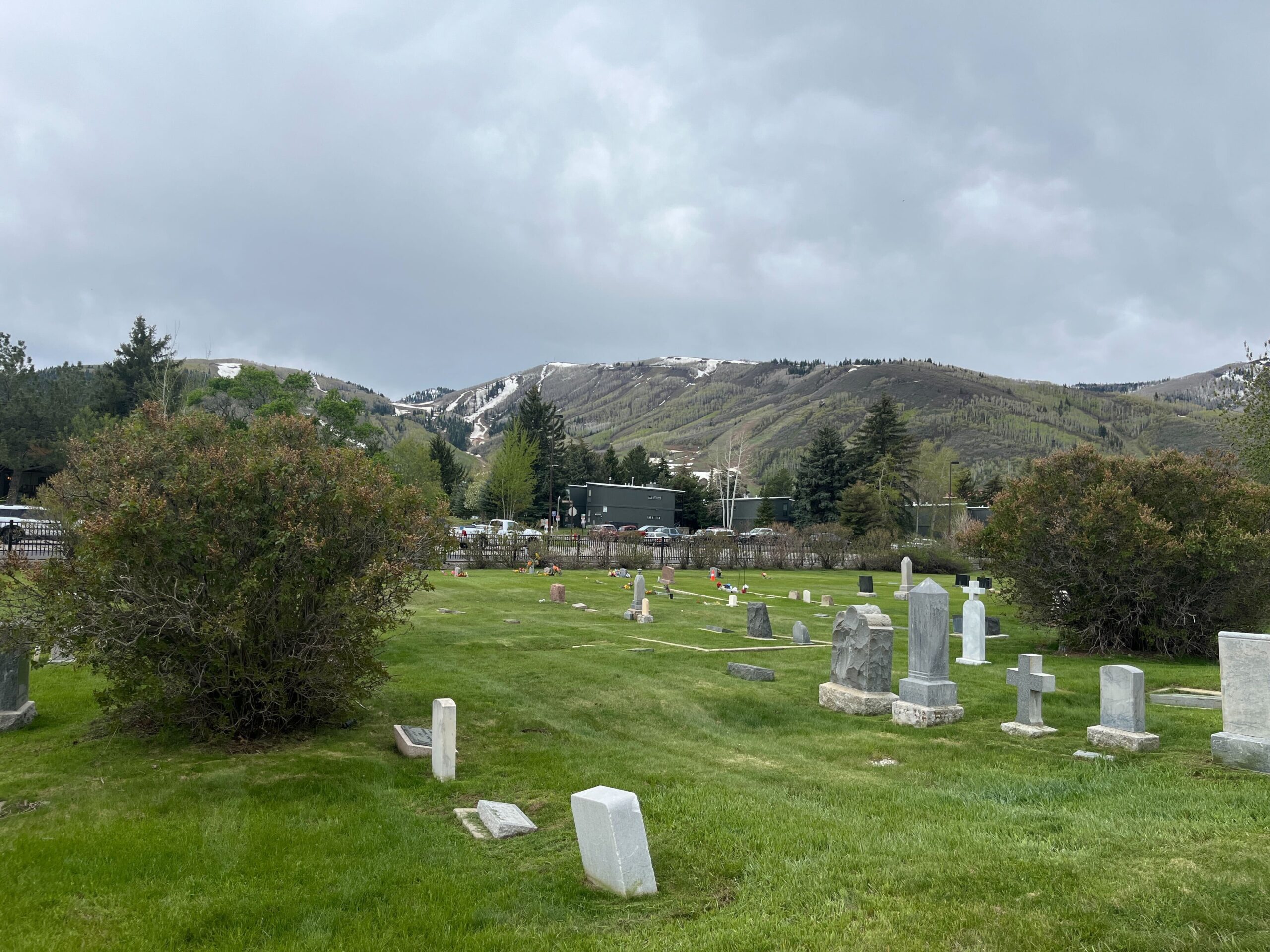Arts & Entertainment
The origins of Park City’s cemeteries and how they preserve history
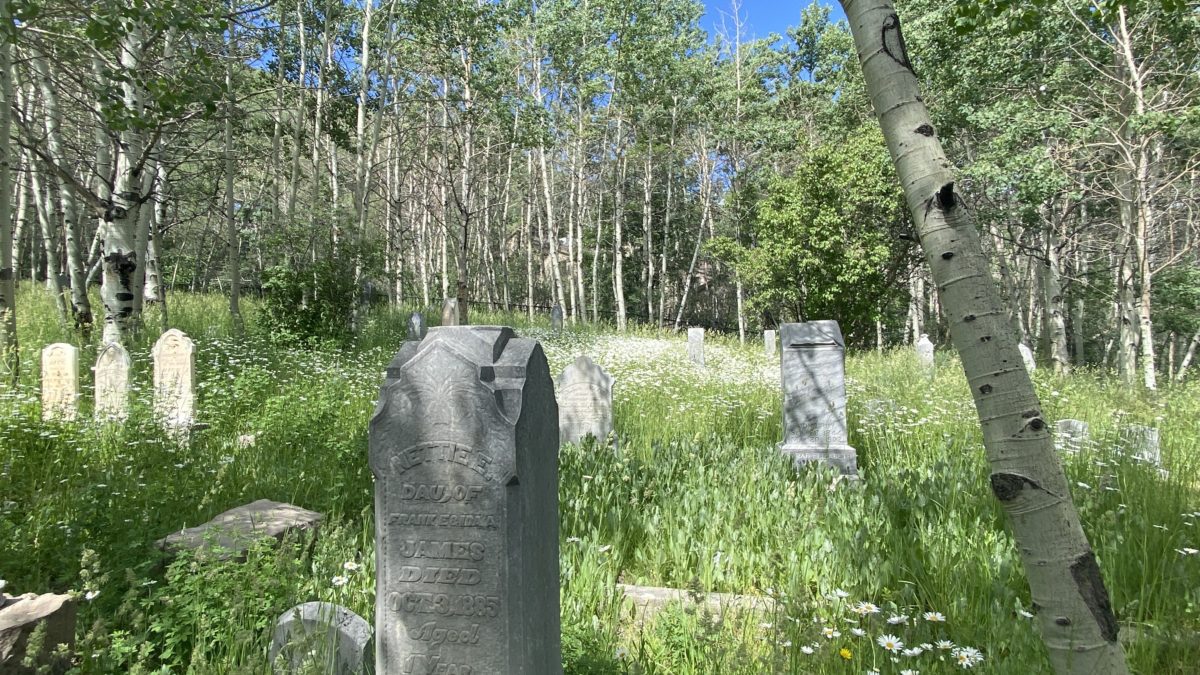
Among its aspen trees and brook that runs through the property, the Glenwood Cemetery is a peaceful resting place for its historic pioneers and ancestors. Photo: TownLift // Meredith Kluever.
PARK CITY, Utah — At the end of Silver King Road, nestled behind some condominiums at the base of Park City Mountain Resort, lies the Glenwood Cemetery. Established in 1885, the land was purchased by Park City’s many fraternal organizations to benefit miners, loggers, masons, and their families by providing an affordable place of rest. The organizations banded together to raise funds for the first three acres of land; then, two acres were donated, adding up to the five-acre plot with a 5,000-person capacity.
Today, the cemetery is less than a fifth full, with only 949 occupants. Within the 5-acres are plots designated to each organization. Most headstones offer an answer as to which occupation and organization the deceased was a part of. The woodmen’s gravestones are stone tree trunks or logs, the Odd Fellows’ headstones have three chain links, and masonry tools are etched into the Masons’ headstones.
Burials in the Glenwood slowed in the early 20th century in step with our town’s mining industry, and with that, maintenance and care fell to the wayside until the 1980s when community members rallied to preserve the land.
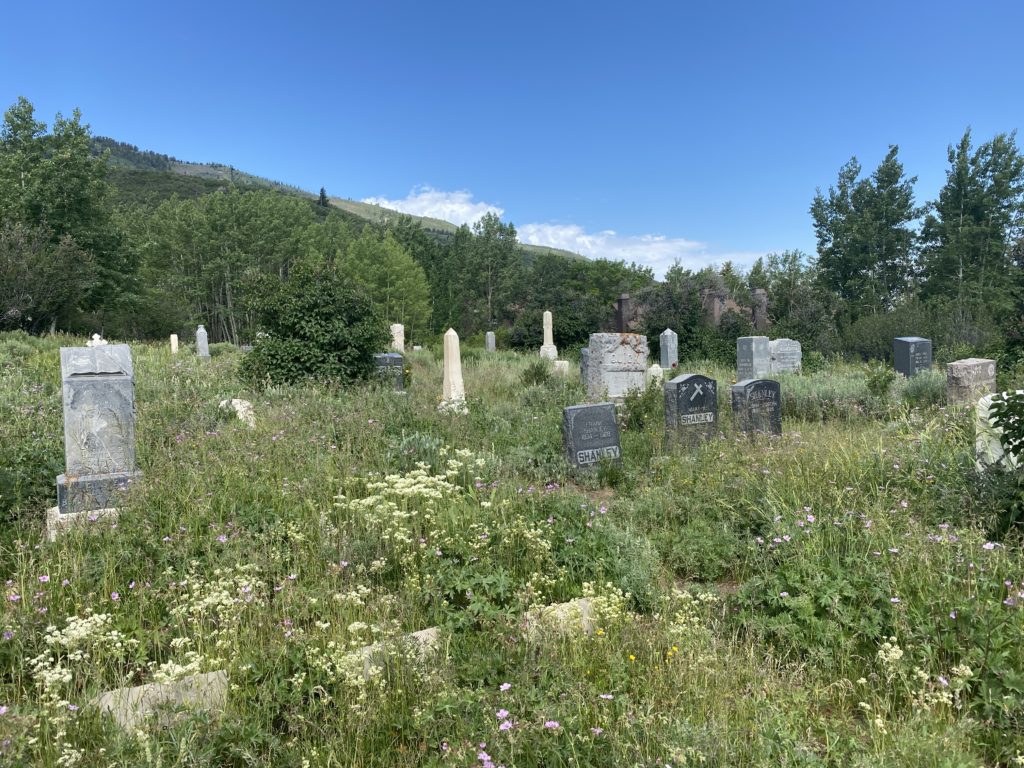
After restoring headstones and refurbishing the quiet grove, the Glenwood Cemetery was placed on the National Register of Historic Places in 1996. Currently, the Park City Historical Society heads up the cemetery’s maintenance and offers tours for those interested in peeking into the lives of Park City’s past.
Park City’s next two cemeteries are linked to the Snyder family, for whom Snyderville Basin is named. Prior to Mormon pioneers settling the area, the Snyderville Basin was a summer hunting ground for the Utes.
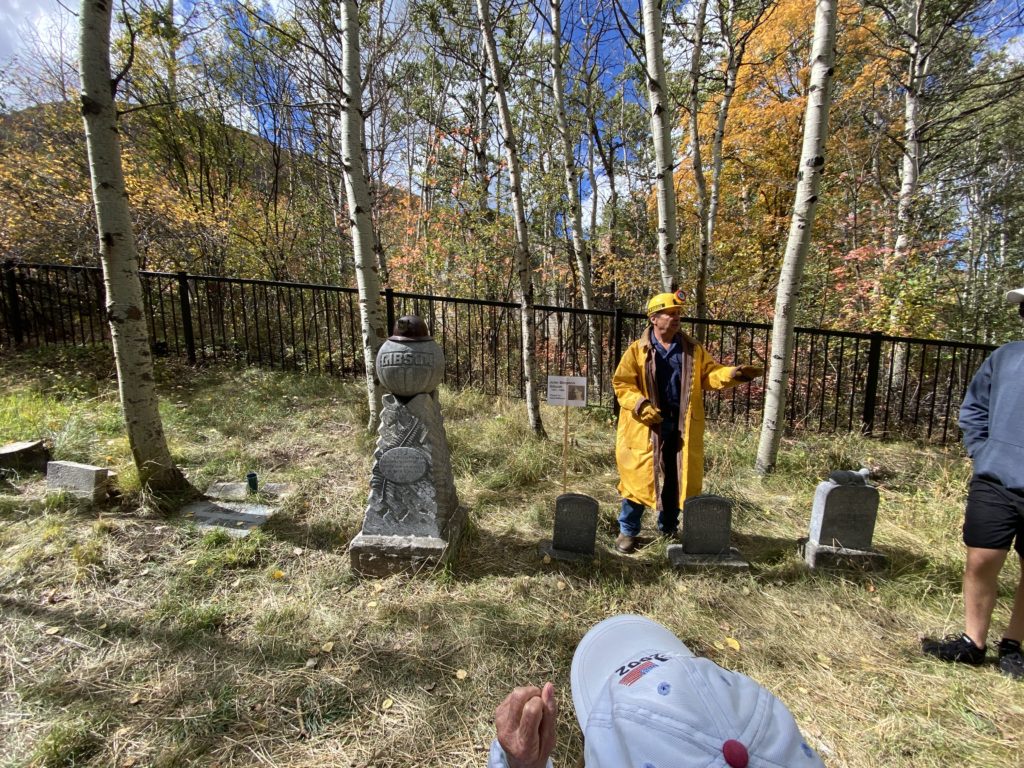
Samuel Snyder, George Snyder and one of his wives, Rhoda, and Samuel’s son Ephraim were among the first pioneers to settle in Park City, arriving in 1849 and purchasing Parley Pratt’s claim to Parley’s Park in 1850. It’s said that Rhoda was the first female Parkite.
The Snyders literally helped build Park City. Lumber from the Snyder Mill was used to build many of the mining structures and tunnels, as well as build infrastructure, homes, and buildings in town.
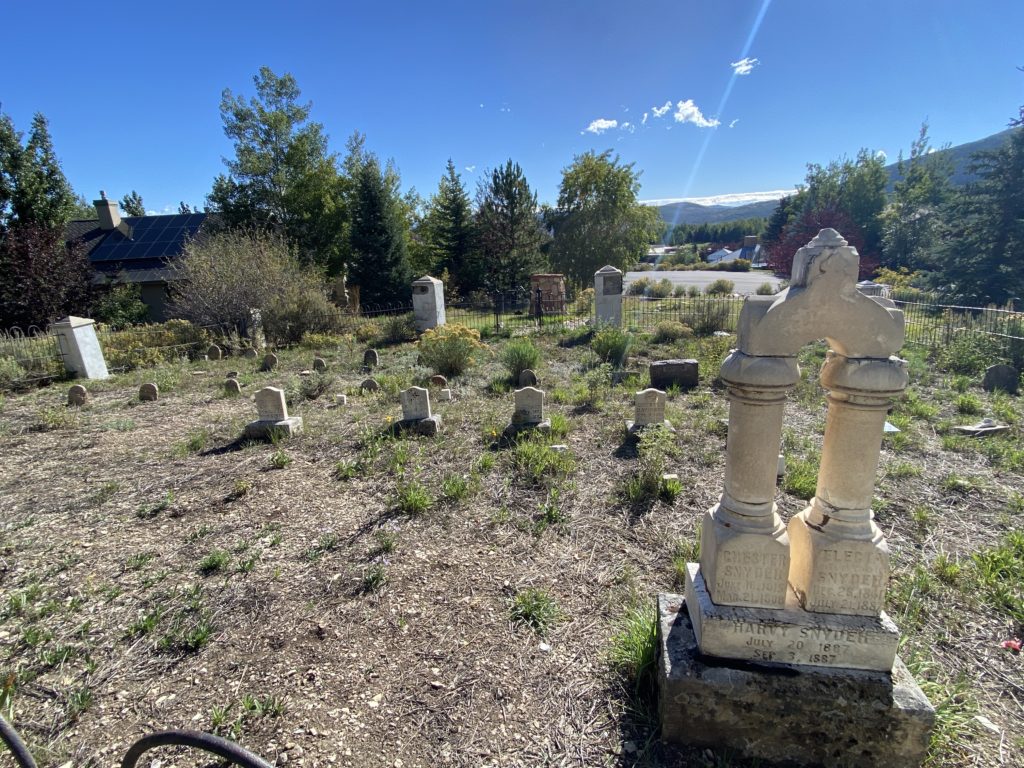
In the 19th century, loss was all too familiar to the community, from mining and labor accidents to illnesses. The child mortality rate was incredibly high. In 1874, Ephraim lost his six-month-old son Robert. Samuel’s grandson was laid to rest on a hillside plot, which is now the Snyderville Cemetery. The land belonged to Samuel’s brother, Chester.
The cemetery is tucked away in the Sun Peak neighborhood on Roffe Road. There are 27 documented burials at the pioneer cemetery; the last of whom was 15-year-old Sextus Snyder, buried in 1920. Now, headstones face an apartment building, and many of the Snyders rest on the hillside of their namesake land.
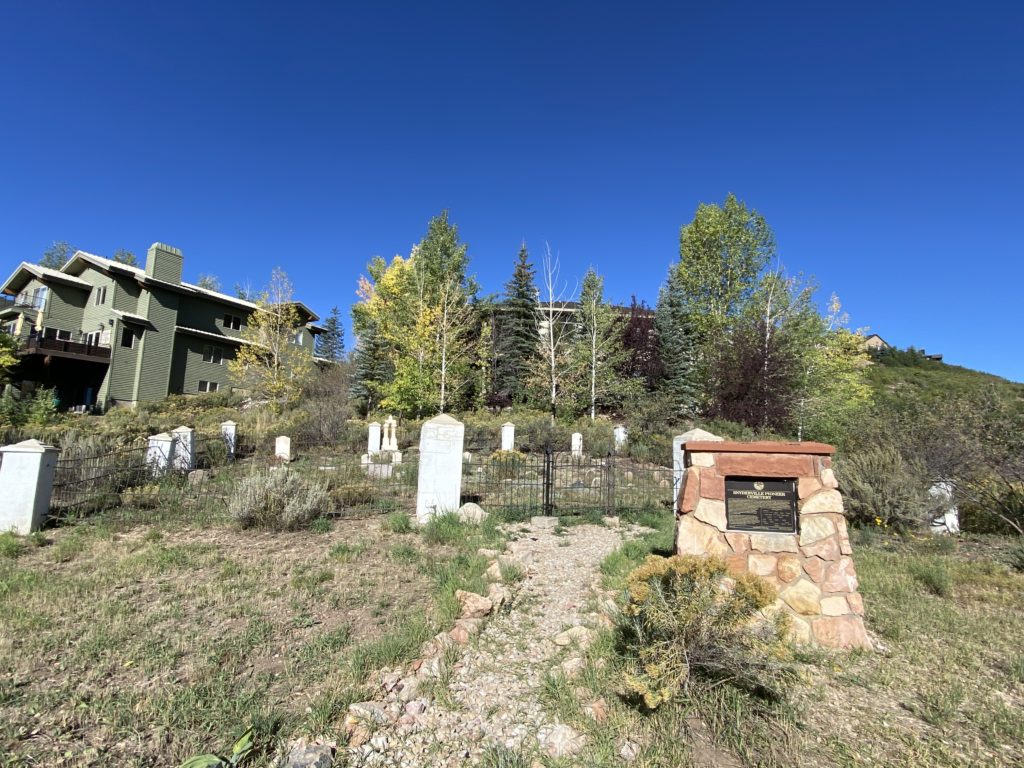
Another unfortunate Snyder death was George’s daughter, young Pearle Snyder, the first to be buried in what is now the Park City Cemetery in 1897.
The story goes that Pearle Snyder passed away in the winter of 1879. The Snyder family attempted the 3-hour wagon ride to Salt Lake City, where the closest public interment spaces were, but the wintry roads were too gruesome to navigate. So, out of necessity, George Snyder buried his daughter on his land and what is now the Park City Cemetery.
Soon after, he donated the land for use of the community. The cemetery began to be used in a more official capacity in 1892. Qualifying Parkites with “immediate need” can still be buried in the Park City Cemetery today. A qualified resident was born in Park City Miner’s Hospital, owns property or currently resides in Park City Proper, or has resided within the limits of Park City for a period of at least 10 years consecutively.















